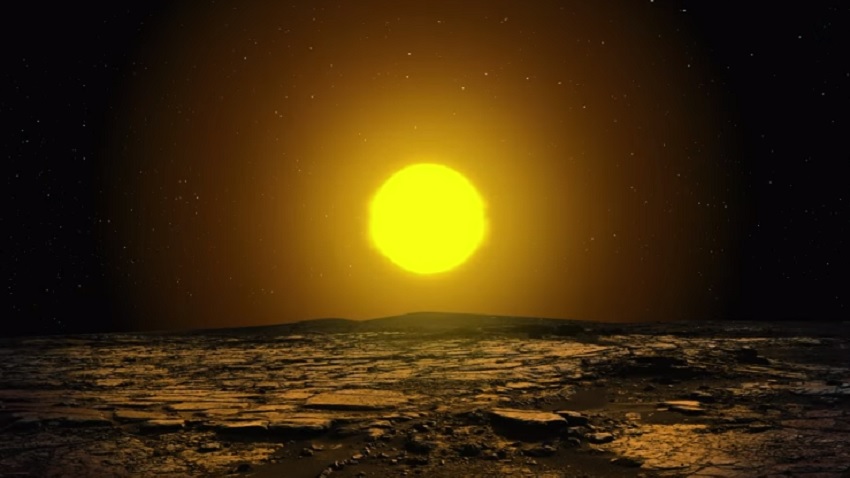NASA Discovers New Solar System With As Many Planets As Our Own
This is truly out of this world.

The solar system in which we live is unusually crowded, cosmically-speaking; eight planets around one star is a lot, according to astronomers.
Now with aid from Google’s AI and the Kepler Space Telescope, NASA has discovered that another system is basically a “mini version” of ours.
It also has eight planets, though they aren’t nearly as far apart as neighbors like the Earth and Mars.
Let’s get this out of the way first: Even if one of those eight planets around the star known as Kepler-90 is inhabited, they’re all 2,545 light years away, so ET won’t be phoning us anytime soon.

That said, a press release from NASA about the discovery of planet Kepler-90i mentions tech used in figuring out the distant solar system’s composition that’s right out of science fiction:
The newly-discovered Kepler-90i – a sizzling hot, rocky planet that orbits its star once every 14.4 days – was found using machine learning from Google. Machine learning is an approach to artificial intelligence in which computers “learn.” In this case, computers learned to identify planets by finding in Kepler data instances where the telescope recorded signals from planets beyond our solar system, known as exoplanets.
Researchers essentially trained Google’s neural network to find tell-tale dips in light output from Kepler-90. Whenever a planet “transits” a star—passes between the observer and the star—the light diminishes in a consistent way.

Kepler-90i, however hot and rocky and useless it may be, was completely unknown until the neural network identified it.
The most striking part of this is the way a space telescope managed to pull in data from an almost unimaginable distance away then computers were able to sift through all that information and change the star maps.
It makes you wonder just what else will eventually cross the Kepler Space Telescope’s view, and if AI will be able to tell if it’s looking back at us.
